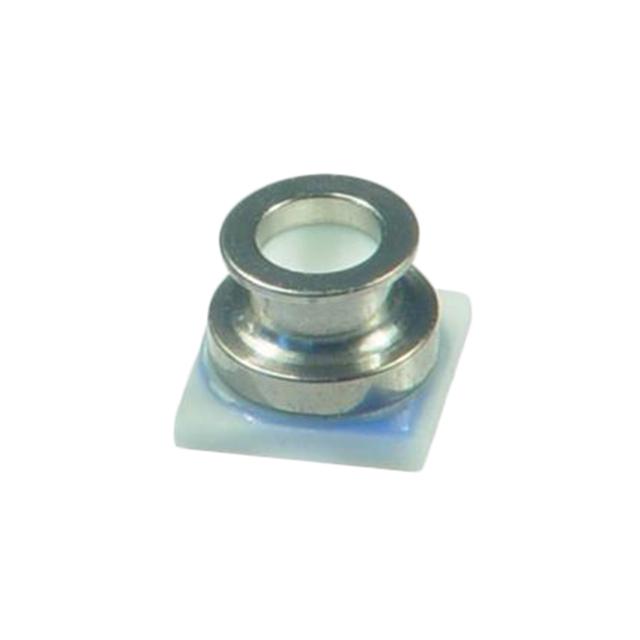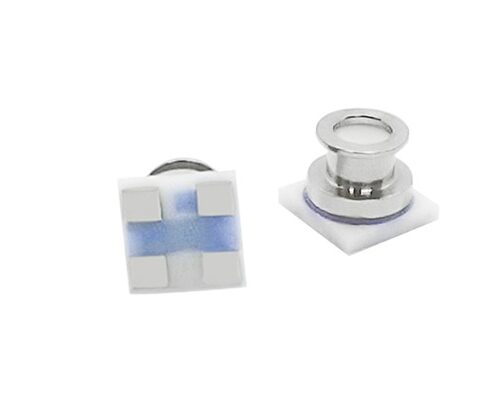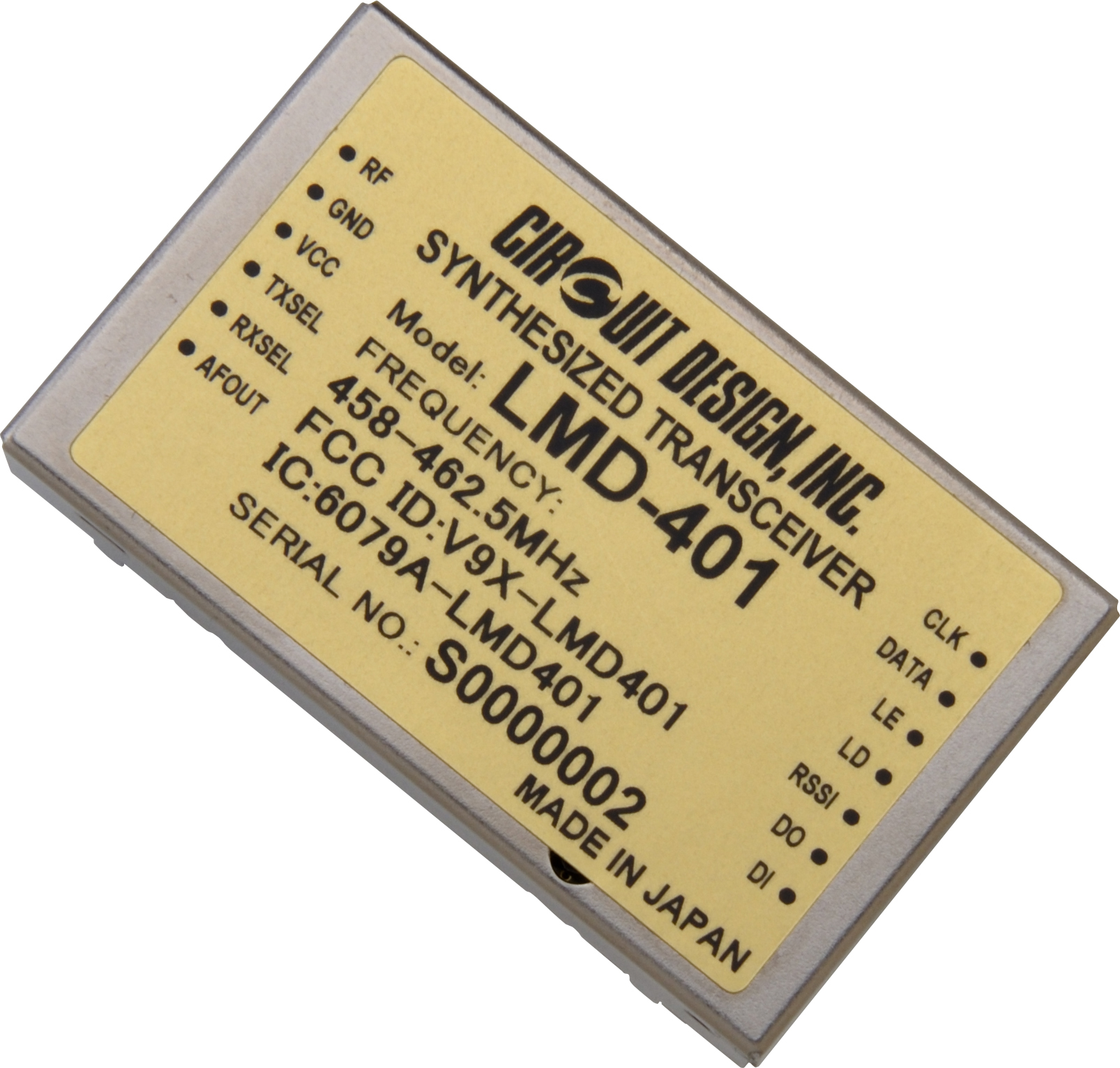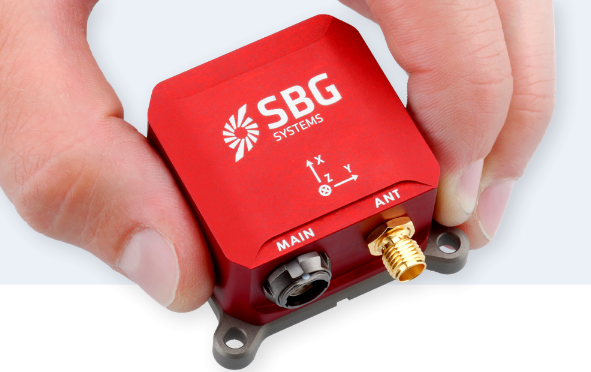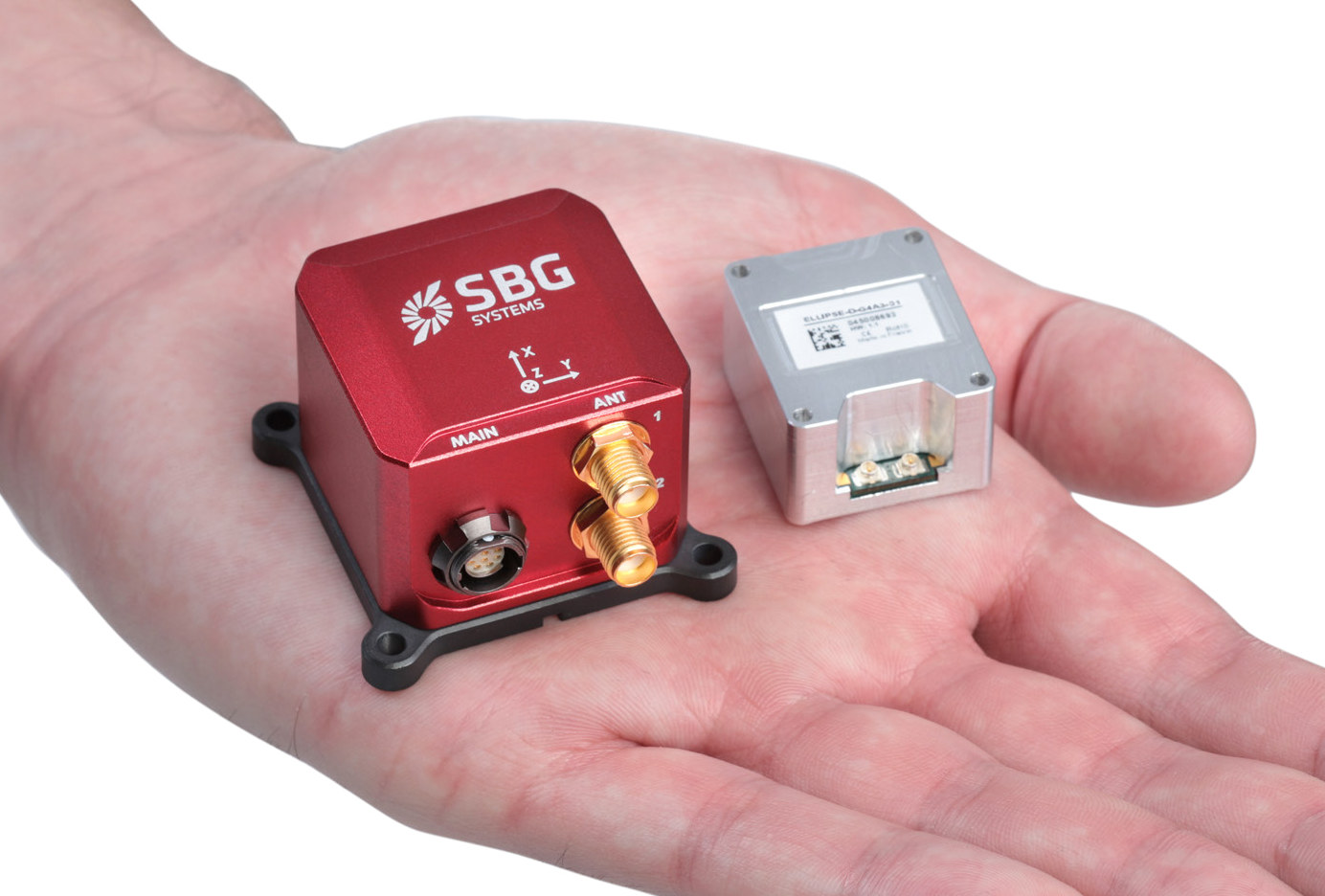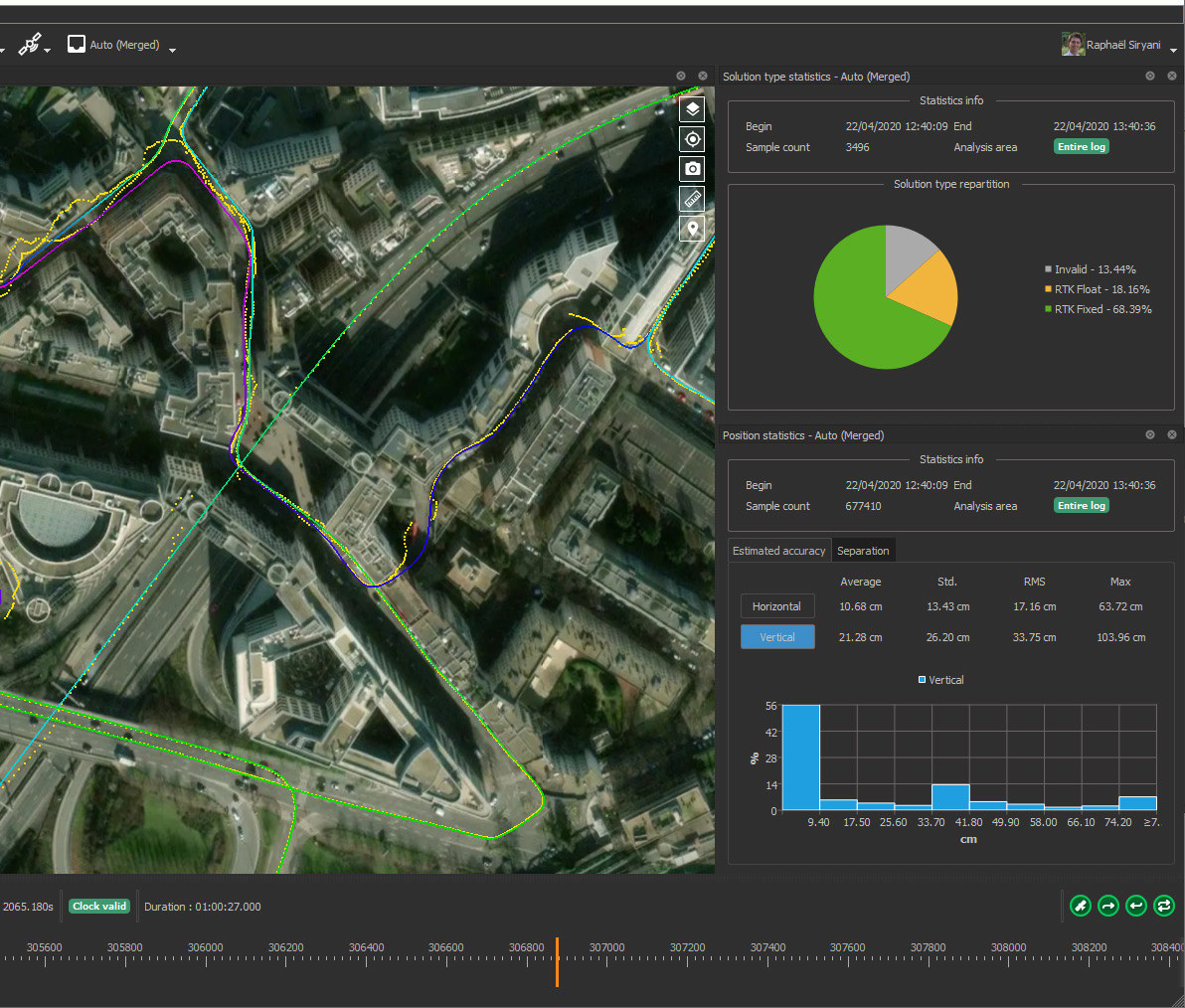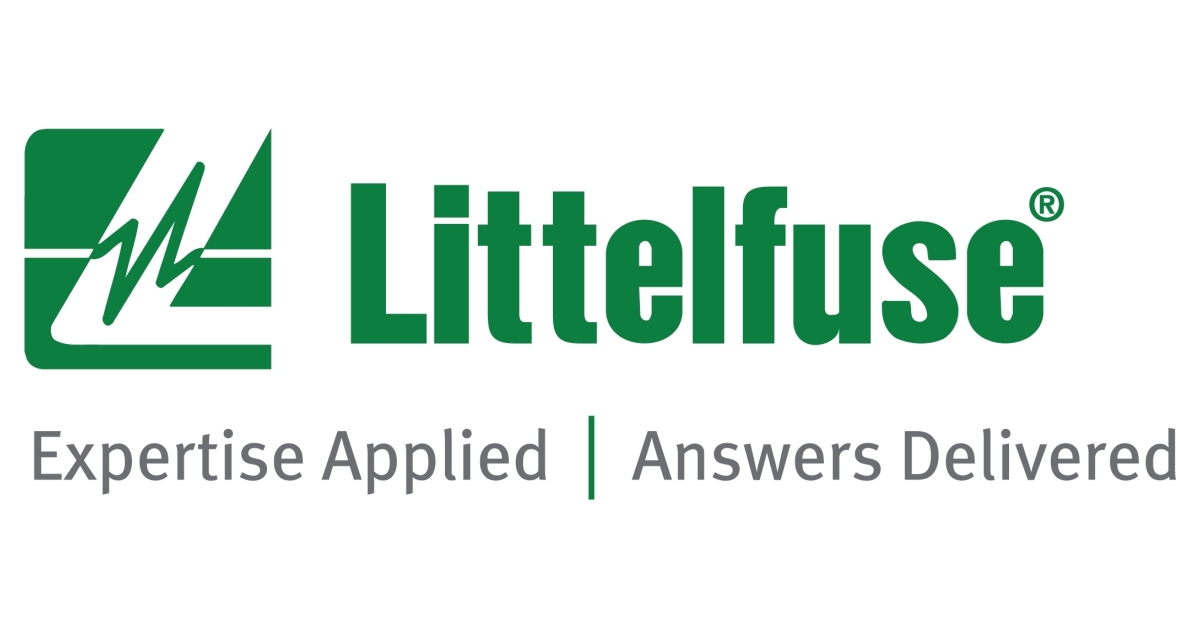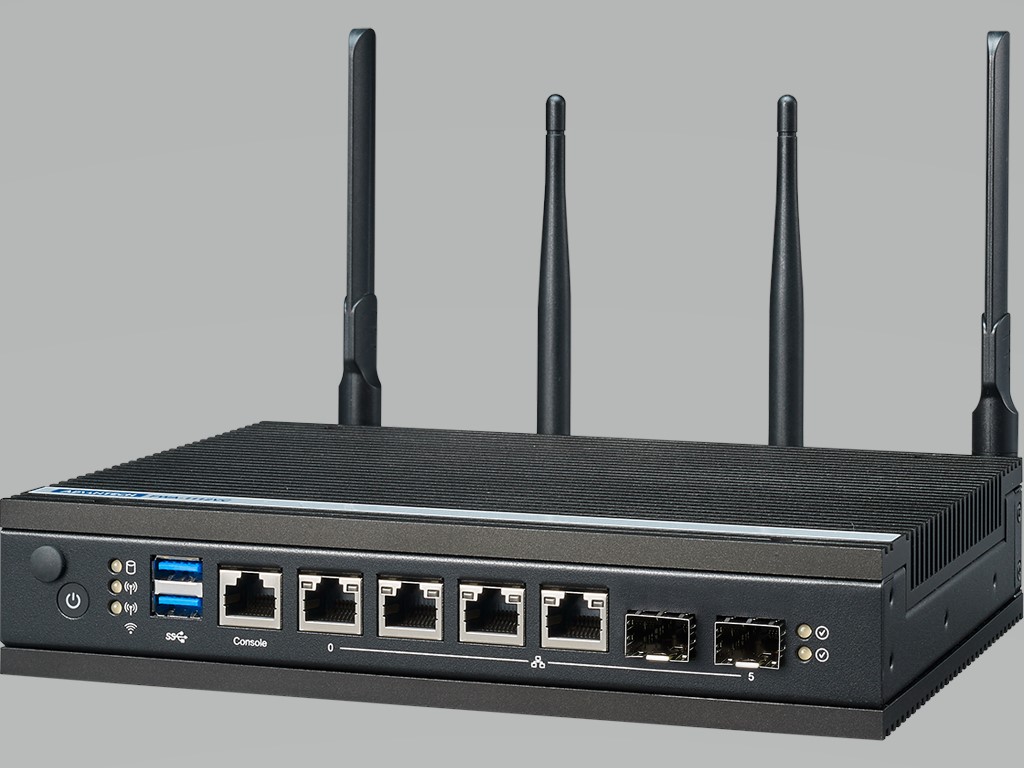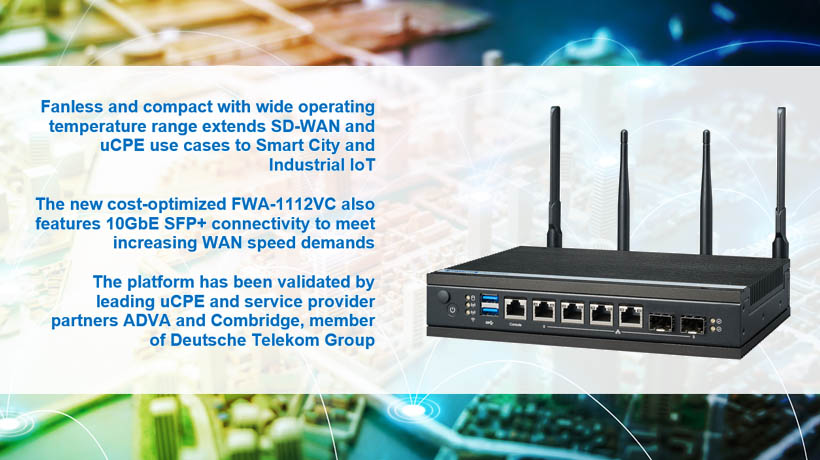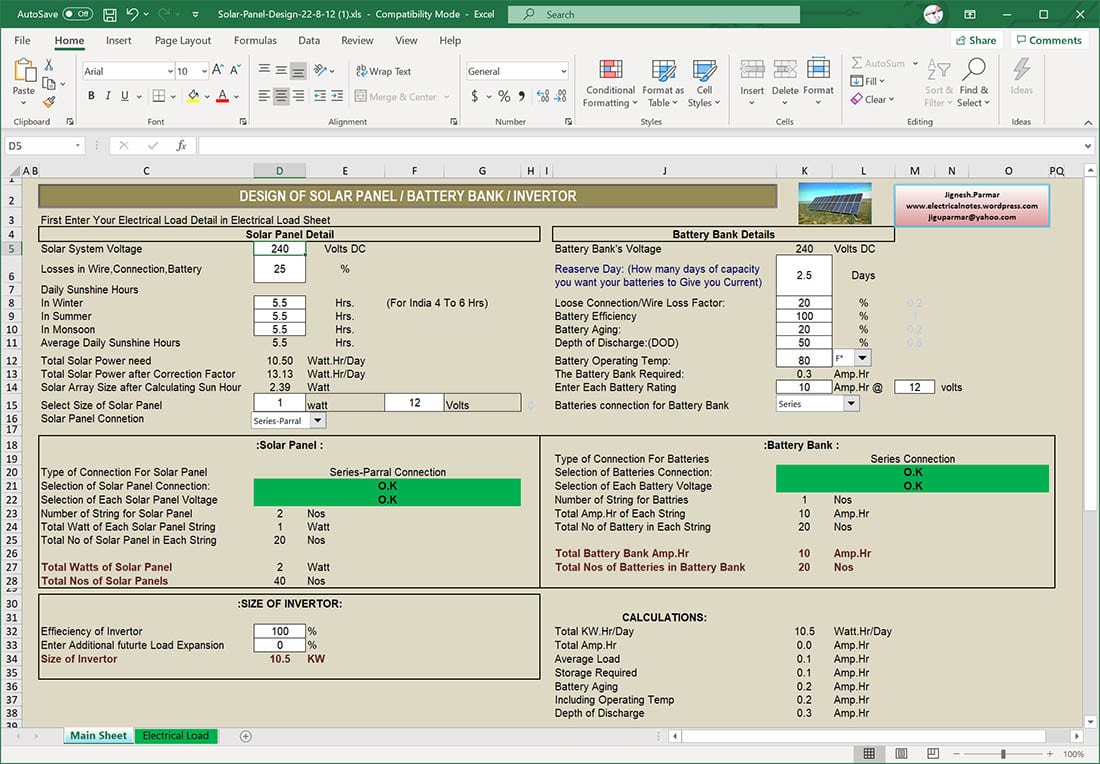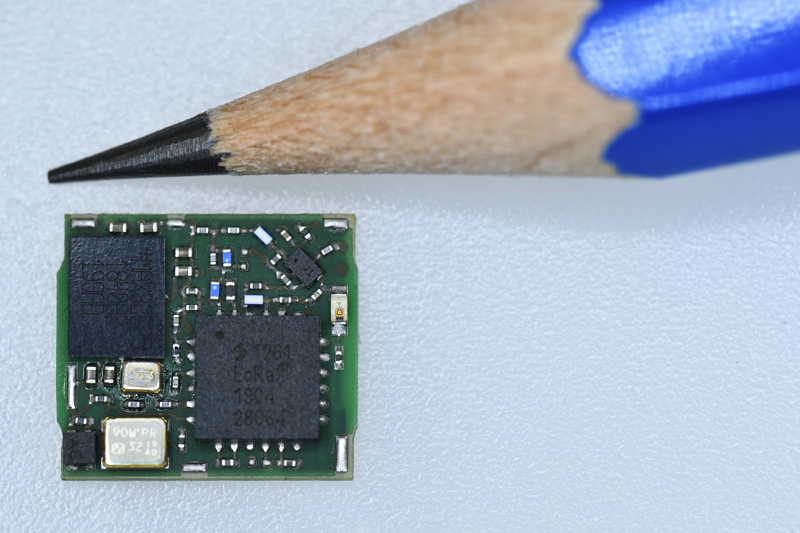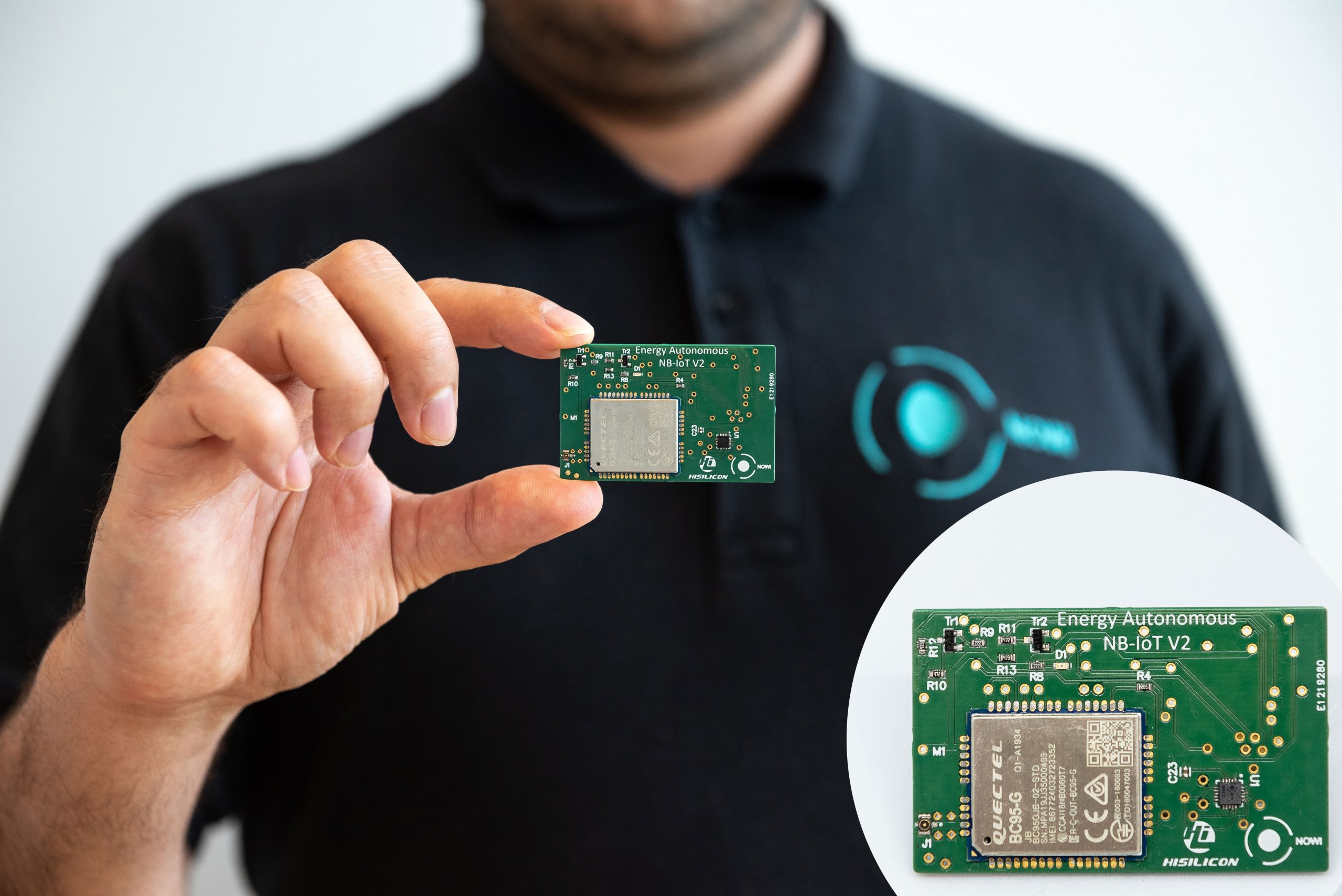TE Connectivity’s digital altimeter delivers sensing accuracy for both pressure and temperature measurements
TE Connectivity’s (TE) MS5839 is an ultra-compact digital altimeter that is optimized for applications where chlorine and saline are present. The robust, gel-filled design of the MS5839 enables operation in harsh media environments while providing accurate and reliable digital measurements. This MEMS-based sensor offers advanced water resistance, chlorine resistance, shielding, low power consumption, and digital interconnectivity in an ultra-compact, low-profile package. The board-level design delivers sensing accuracy for both pressure and temperature measurements.
Miniaturization, performance, and precision are key for sensors embedded in consumer devices like swim watches and diving equipment. Expanding on TE’s portfolio of ultra-compact digital altimeters, the MS5839 2-bar model is designed to meet the next generation of device manufacturer designs and challenges.
Benefits
- Enables ultra-compact design with robust gel-filled construction that is suitable for harsh media environments
- Facilitates both pressure- and temperature-combination sensing with precise 24-bit digital output and I²C interface
- Offers advanced water resistance, chlorine resistance, and digital interconnectivity with low power consumption
- Ensures high accuracy and high performance with O-ring and integrated shielding to reduce signal noise and interference
Applications
- Shallow diving computers
- Underwater drones
- Swim watches
- Fitness trackers
- Underwater vehicles
- Diving equipment
- Diving computers
- Shallow water drones
more information: https://www.te.com/global-en/product-CAT-BLPS0061.html?q=MS5839

